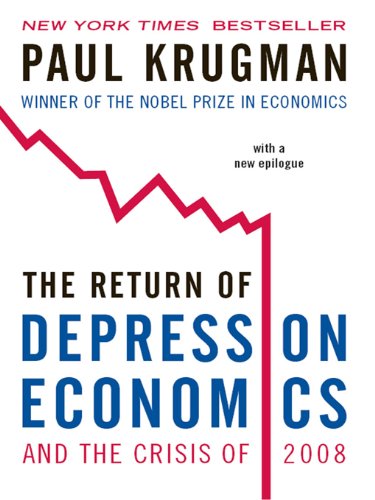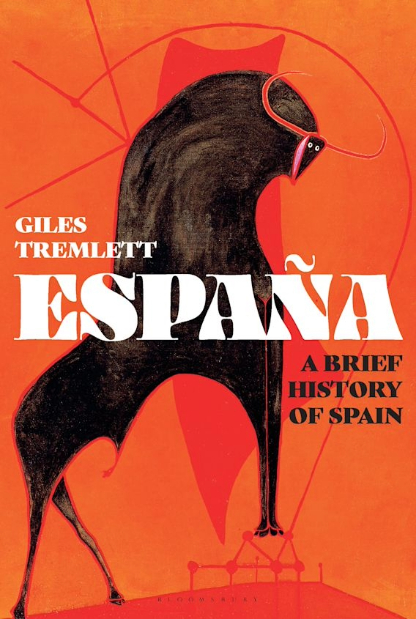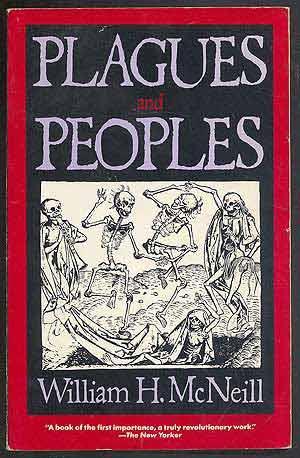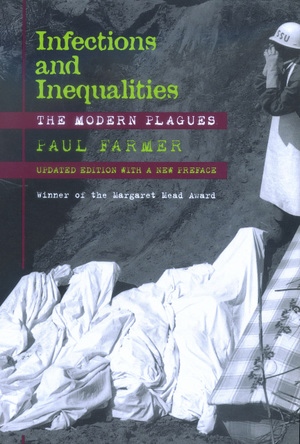The Five Hundred Year Rebellion: Indigenous Movements and the Decolonization of History in Bolivia, Benjamin Dangl, AK Press, 2019, pp. 215, ISBN 978-1849353465
Dangl argues that an indigenous oral history of past struggles played a “crucial element for empowering, orienting, and legitimizing indigenous movements from the 1970s post-revolutionary Bolivia to the uprisings of the 2000s”. Indigenous oral history, composed of myths and commentary, as well as stories of past struggles, acted to forge an image of a pre-colonial utopia. By constructing a discourse rooted in the shared experience of colonial and post-colonial oppression, coupled with the utopian images of pre-colonial times, the indigenous people forged new identities with immense emancipatory potential and thereby overcame the discourse of victimhood and inferiority imposed on them by their colonial masters. Indeed, they recuperated the history that colonial authorities worked hard to suppress. The alternative knowledge this created, in turn, provided alternative futures.
Dangl focuses on the Aymara-based indigenous movements around La Paz, concentrating on the Kataristas, which emerged during and after the 1952 National Revolution led by the MNR, the Confederacion Sindical Unica de Trabajadores Campesinos de Bolivia (CSUTCB), the Taller de Historia Oral Andina (THOA), and the Consejo Nacional de Ayllus y Markas de Qullasuyo (CONAMAQ). He examines their emergence in the second half of the 20th century, and histories and symbols they drew on and created to forge their movements. However, mere recalling of their past would not have been enough to forge an alternative future, as Dangl notes. They actively used the past to analyze and change the present.
The roots of Katarismo – named after Tupac Katari, who organized an insurrection against the Spanish, laying siege on La Paz and seeking to reassert the rights of the indigenous people in the late 18th century – lie in the post-1952 reforms instituted by the MNR government. Seeking to assimilate various indigenous groups within the hegemonic ‘nation,’ the government trampled on their traditions and languages. The frustration this generated led to the emergence of cultural spaces dedicated to celebrating indigenous cultures. Cultural centres, associations, performances, historical research, radio and publications played a role in forging a new indigenous identity. Intellectuals such as Fausto Reinaga, who merged indigenous and Marxist beliefs to produce an outline of precolonial society, played an important ideological role in developing a vision of what a new society might look like. He maintained that there existed two Bolivias: one composed of the indigenous people, and the other of the descendants of the Europeans.
Katarista views were distilled with the founding of the CSUTCB, a campesino union that reflected the needs and identity of the largely oppressed campesinos who were indigenous. These farmers toiled on unsuitable land and were demanding State to provide basic services and ensure the viability of their land. However, with the rise of the military dictatorship of Hugo Banzer, only a small and wealthy rural elite was empowered at the expense of the vast majority. As a militant organization with a clear ideological purpose, CSUTCB fought the government, going so far as to set up road-blocs, thereby evoking the siege that Tupac Katari had laid on the colonial government centuries earlier. Indeed, the indigenous are currently setting up roadblocks across the country to protest the military coup and the interim President Jeanine Anez.
Soon after the CSUTCB, THOA was formed as an intellectual countercurrent that relied primarily on oral history as its primary source of developing histories of indigenous resistance. Dangl states that they primarily promoted “the history and cause of the previously unknown caciques apoderados movement, the role of women in indigenous movements, and the revitalization of indigenous community politics and identity” (p.89). By focusing on oral history, THOA decolonized research methodologies which overlooked the existence and struggles of the indigenous peoples embedded in their oral traditions. Through THOA’s group interviews, public discussions, broadcasts and publications, they revived the history of resistance and provided an alternative blueprint for the political organization of the indigenous peoples.
Indeed, they were crucial in the formation of CONAMAQ. Ayllu is a preconquest governance model, which regulated land, labour and social relations between indigenous campesinos, basing itself on communal labour and shared resources. By recovering the ayllu system from the past, the indigenous people posed a direct threat to the emerging neoliberal order, which relied on private ownership and individualism. The two were bound to clash, as happened with the attempts by Bechtel and the government of Sanchez de Lozada to privatize waters in Cochabamba. The 2000 Cochabamba Water War resulted in the company pulling out of the project. In 2003, the Gas War, which again pitted the government and the indigenous people against each other, fighting over the natural resources, resulted in the government being forced to resign.
Dangl’s examination of the oral history of the indigenous people in Bolivia provides an empowering narrative that explains their current struggles, tactics and aspirations. When they are attacked, as they currently are by the coup government in Bolivia, they fight in the spirit of the 500 years of rebellion.




